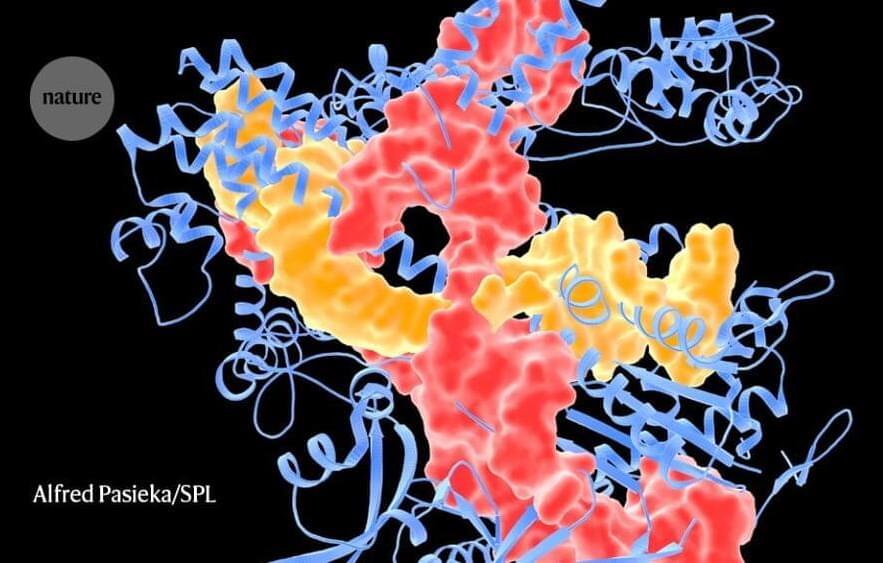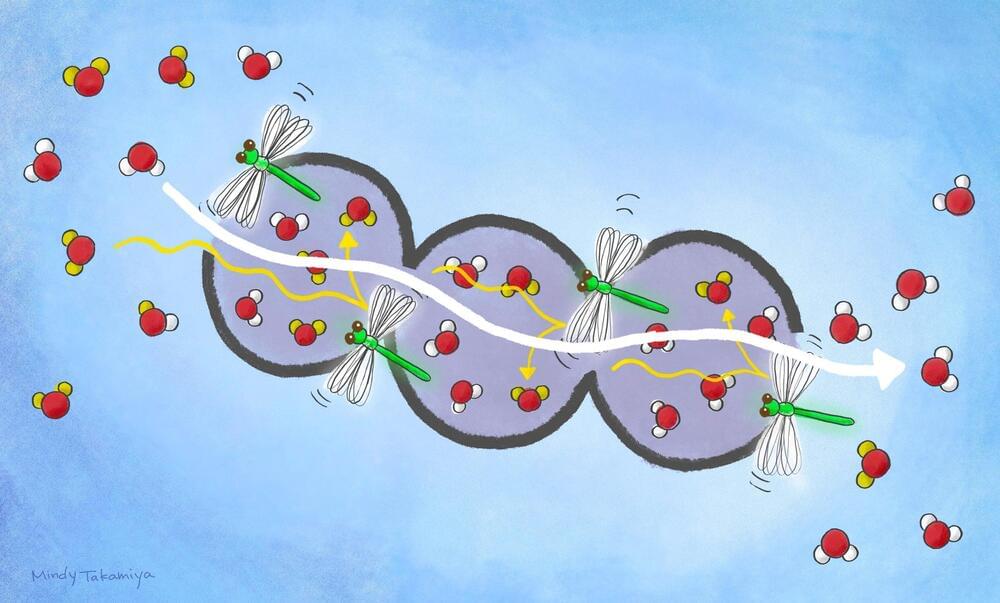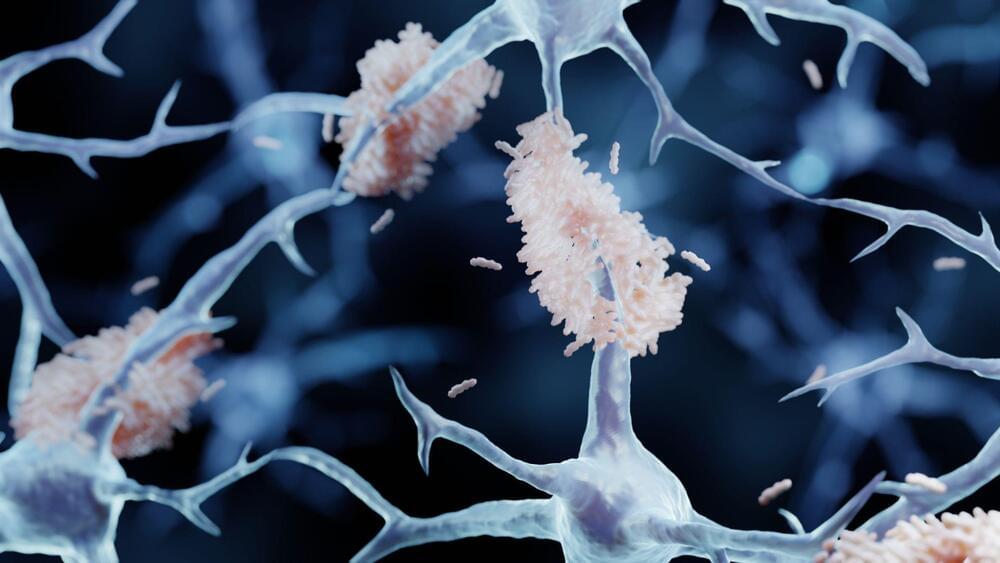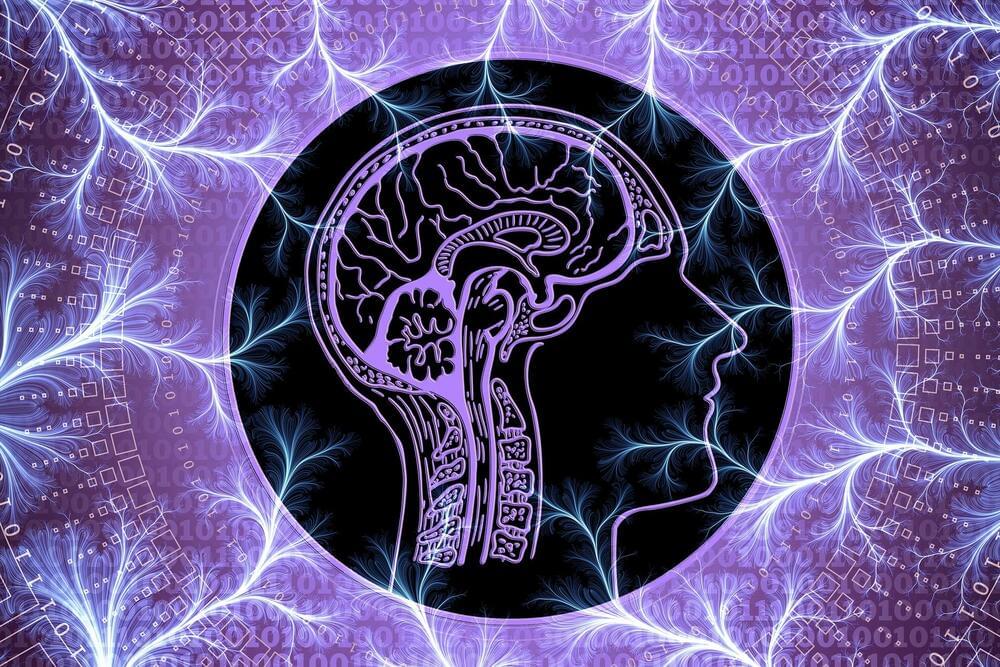‘Most complicated therapy ever’ tailors bespoke, genome-edited immune cells to attack tumours.



The body constantly replaces used materials and breaks them down for disposal. MPS VI patients are missing an enzyme essential to breaking down the mucopolysaccharide dermatan sulfate. These materials remain stored in the body’s cells, causing progressive damage. Babies may show little sign of the disease (so better testing is needed), but as cells sustain damage, symptoms start to appear.
Its sad when people have disorders that have a low life expectancy in their 20’s and 30’s EnzymeMaroteaux-Lamy syndrome Is one such affliction, however their is enzyme replacement treatment, but more needs to be done.
Enzyme Replacement Treatment.
https://www.ncbi.nlm.nih.gov/pmc/articles/PMC7752495/
Learn more about MPS VI and the available treatments and resources for this diagnosis.

When Nicola Hitchen was admitted to the hospital in March complaining of abdominal pain, she had no idea it was only the beginning of a long journey. She was initially diagnosed with a pelvic abscess and sepsis, but as doctors worked to get the infection out of her system, they found something else: cancer.

A flipping action in a porous material facilitates the passage of normal water to separate it out from heavy water.
A research group led by Susumu Kitagawa of Kyoto University’s Institute for Cell-Material Sciences (iCeMS), Japan and Cheng Gu of South China University of Technology, China have made a material that can effectively separate heavy water from normal water at room temperature. Until now, this process has been very difficult and energy intensive. The findings have implications for industrial – and even biological – processes that involve using different forms of the same molecule. The scientists reported their results in the journal Nature.
Isotopologues are molecules that have the same chemical formula and whose atoms bond in similar arrangements, but at least one of their atoms has a different number of neutrons than the parent molecule. For example, a water molecule (H2O) is formed of one oxygen and two hydrogen atoms. The nucleus of each of the hydrogen atoms contains one proton and no neutrons. In heavy water (D2O), on the other hand, the deuterium (D) atoms are hydrogen isotopes with nuclei containing one proton and one neutron. Heavy water has applications in nuclear reactors, medical imaging, and in biological investigations.

A remarkable discovery in a Siberian cave confirmed scientists’ belief that more than 50,000 years ago, interbreeding among the ancient human species might have been common.
A bone fragment discovered by researchers has been analyzed, and the conclusion based on DNA extraction is that it’s a female whose mother was a Neanderthal and father was a Denisovan.

Following established guidelines about prescription drugs would seem to be an obvious course of action, especially for the professionals that do the prescribing. Yet doctors and their family members are less likely than other people to comply with those guidelines, according to a large-scale study co-authored by an MIT economist.
Depending on your perspective, that result might seem surprising or it might produce a knowing nod. Either way, the result is contrary to past scholarly hypotheses. Many experts have surmised that knowing more, and having easier communication with medical providers, leads patients to follow instructions more closely.

At number 4 on IE’s list of 22 best innovations is ChatGPT, an AI-powered Chatbot that gained over 1 million registered users in just 5 days after release.
The year 2022 saw a host of brilliant inventions, ranging from the James Webb Space Telescope, the HIV vaccine, and DALL-E, to transparent solar windows. But just when we thought the year had seen its fair share of excellence and innovation, ChatGPT caught us by surprise.
Developed by the OpenAI foundation, an independent research body founded by Elon Musk, the Artificial Intelligence-powered chatbot released on November 30, is everything mind-blowing, bizarre, and daunting. The San Francisco-based company is also responsible for the breakthrough image generator DALL-E 2.

A significant step toward improved accessibility.
Neuroscientists from the University of Pittsburgh School of Medicine developed a new test to identify a sign of Alzheimer’s disease neurodegeneration in a blood sample, according to a press release.
“At present, diagnosing Alzheimer’s disease requires neuroimaging,” said senior author Thomas Karikari, Ph.D., assistant professor of psychiatry at Pitt.
Artur Plawgo/iStock.
Called “brain-derived tau” (BD-tau), the biomarker is specific to neurodegenerations related to Alzheimer’s disease, and it reportedly outperforms currently used blood diagnostic tests.

